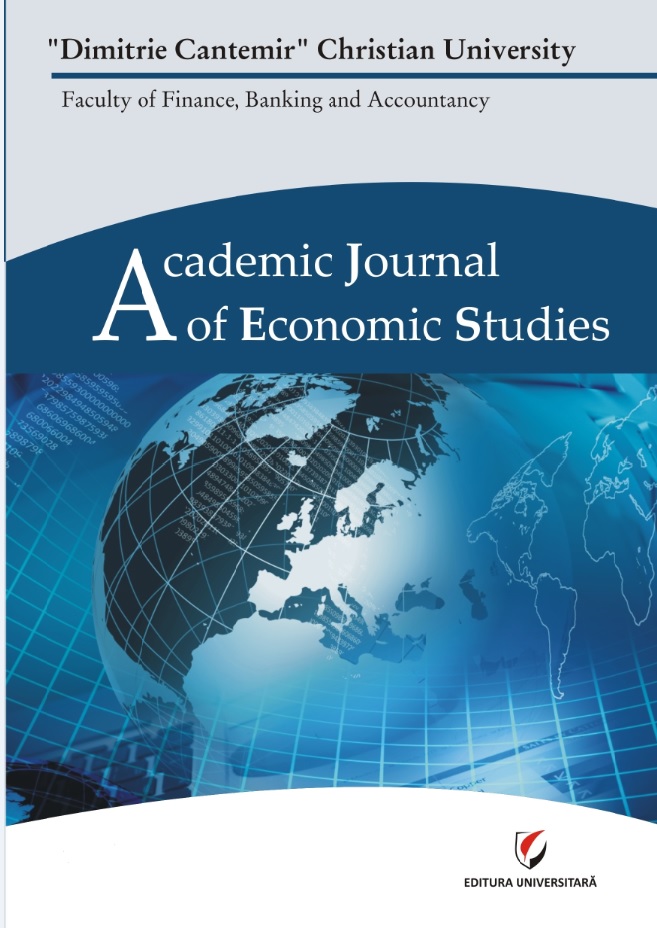The Maturity and Repayment Structure of Sovereign Debt: Implications for Development Agenda in Nigeria
The Maturity and Repayment Structure of Sovereign Debt: Implications for Development Agenda in Nigeria
Author(s): Agatha Nkem Amadi, Isaac A. Ogbuji, Hope AgbonrofoSubject(s): National Economy, Public Finances, Socio-Economic Research
Published by: Editura Universitară & ADI Publication
Keywords: Sovereign Debt; Income; Employment; Mortality Rate; Development;
Summary/Abstract: This study examines the maturity and repayment structure of sovereign debts in the Nigerian economy between 1981 and 2017 using the Ordinary Least Squares technique since debt has been the largest source of capital flows to the country for about five decades. Hence, the study employs economic development proxied with the per capita income, employment, and mortality rate, as dependent variables, while sovereign debt proxied with external debt stock, external debt service payment, domestic debt, sovereign debt repayment plans, and the exchange rate as independent variables. Empirical findings show that sovereign debt positively but insignificantly impacts economic development, external debt service payment has a negative but insignificant effect on economic development, domestic borrowing positively and significantly impacts the economic development, and sovereign debt repayment plans negatively and significantly impacts economic development in Nigeria. The study, therefore, concluded that sovereign debt enhanced the performance of the Nigerian economy while the repayment plans retarded economic development in Nigeria over the study period. It is recommended that sovereign debt repayment plans should be well spelt-out to reduce the burden on the economy.
Journal: Academic Journal of Economic Studies
- Issue Year: 6/2020
- Issue No: 1
- Page Range: 115-120
- Page Count: 6
- Language: English

